CULTIVATED ASPHYXIA: “Exposition N°120 (maybe)” at Balice Hertling
|Claire Koron Elat
“Taste classifies, and it classifies the classifier. Social subjects […] distinguish themselves by the distinctions they make, between the beautiful and the ugly.”
— Pierre Bourdieu, 1984

Taste — you either have it, or you don’t. While Berlin might be lacking it, Paris is practically drowning in it, passing away from cultivated asphyxia. Bourdieu deemed this as a marker of class. As a Parisian investment banker with a class French attitude straight out of a Chanel cataloge takes me around on his scooter, I think to myself he must be a contemporary archetype of the institutionalized form of taste Bourdieu spoke about in the 80s. Shortly before passing the glistening Eiffel Tower, and the accompanying line of influencers taking TikTok videos in front of the monument, he tells me about the Kelly 25 a friend proposed to him as an investment opportunity. Is a Kelly tasteful because it is a nice bag, or because a certain social class participates in Hermès’s carrot and stick game? When we arrive at the restaurant, he scrupulously pays attention to formal etiquette and mannerisms most Berliners dare not dream of, until he himself makes a marginal faux pas. He started with the fork placed on the inside, instead of using the silverware in the correct order of their use: from outside in.
All these bourgeois behaviors are listed and elucidated in Walter Hoving’s Tiffany’s Table Manners for Teenagers. Hoving, the chairman of Tiffany’s between 1955–1980, famously refused to sell diamond rings to men. The book is part of Kayode Ojo’s sculpture in the exhibition “Exposition N°120 (maybe)” at Balice Hertling — the gallery’s (perhaps) 120th exhibition on their 15th anniversary. It brings together 38 artists, including Robert Mapplethorpe, Pier Paolo Pasolini, Puppies Puppies (Jade Guanaro Kuriki-Olivo), Reena Spaulings, and Max Ernst. The eclectic array of works, ranging from painting, drawing, and photography to sculpture, video, and poetry from the 20th and 21st century, is intended to be an allegory of the gallery’s general program — and certainly for their taste.

Ojo’s taste, however, is a beguilement. Located at the lower floor of the gallery next to a monochrome work by Alex Ayed, Ojo’s sculpture, Tiffany’s Table Manners for Teenagers (Blue) (2022), appears as a precious sculptural assemblage composed of a Canon Canonet. A box of Altoids mints, two bottles of Bombay Sapphire, and two flacons of Japanese Eye Drops are neatly arranged on a mirrored pyramid living room table. Ojo’s work seems to be a mirror of taste — look at it long enough, and the seductively glamorous reflection starts splintering. The artist is concerned with everything whose surface blindingly shines — everything that’s alluring and ostensibly desirable. In other sculptures, such as Walk Two Moons (2022) or an entanglement (2020), Ojo utilized clothing from the fast fashion retailer Zara including a linen cotton jumpsuit and crystal heeled boots, both part of a limited edition, indicating that even a brand that could not have a more of a mainstream status than Zara tries to portray itself as exclusive, aiming to seduce through scarcity. Ojo’s sculptures are like Bella Hadid wearing Michael Kors — appearing as if they are worth much more than their true value. Zara’s charmingly deceptive strategy traces back to Bourdieu’s claim that “lower” social classes imitate those of “higher” status. Likewise, the brand’s blatant rip-off culture plays into the desire to own something you cannot afford. Hoving would have probably frowned if he had heard of these bad manners.

While Ojo’s Tiffany’s Table Manners for Teenagers (Blue) is a form of a readymade employing the ritzy aesthetics of the rich on a budget, Ser Serpas, whose work is situated at the gallery’s upper floor, uses pre-existent objects for her sculptures in a less glossy way. The artist’s sculpture low sought communion (2022) is a deconstructed sofa into which a large glass plate has been surreptitiously rammed. With the single elements found on the streets of Paris, Serpas’s fragile composition of the decomposed reflects on the city’s deserted objects, which get re-imbued with meaning through their display in the exhibition. As though conducting fieldwork in the respective cities where her works are on display, she assembles the sculptures anew each time and collects all segments herself.
At 11:38am Paris glitters as much as Ojo’s reflections on being rich. The French banker and I walk around the 16th arrondissement as we discuss the scammers of the art and finance world. Recently — but in reality, probably quite a while ago — he went to a show in which a palm tree was placed in the middle of the exhibition room. He could not remember what the exhibition was about, but the mere fact that a palm tree can be art is a conception he thought must be a fraud. Thinking of David Hockney, John Baldessari, or Ed Ruscha, I’m not sure how he got to this conclusion. Touching on the question of what art is — a debate not-so-frequent-exhibitiongoers seems to love — and claiming that most works considered to be art are in reality, a scam. I make the same face as Camille Blatrix’s character in his marquetry Untitled, depicting the portrait of a red skinned man with hair as yellow as the Eiffel Tower’s sparkles.

Blatrix is concerned with forms of unfathomable endearment and emotional potentialities of objects and subjects. The subject in Untitled seems to be wailing, mourning, and pitying — himself, perhaps — indulging in cartoonish sorrow, as the outline of the man’s portrait recalls pop art imagery. Another portrait in “Exposition N°120 (maybe)” imbued with various, but less obvious, emotions and personal histories is a photograph by Frances Barth. It shows the legendary Paula Cooper, who opened the first art gallery in SoHo in 1968, exhibiting artists such as Sol LeWitt, Dan Flavin, and Donald Judd, and belongs to one of the globally most influential gallerists. Although it is only Balice Hertling’s 15th anniversary, while Cooper is on the verge of celebrating her 55th anniversary, the New York gallerist might act as a role model.

“The place for the napkin is on the lap. Don’t tie it around your neck or stick it in your belt,” is another rule in Tiffany’s etiquette book. To protect your (costly) clothes you better use the napkins you are provided with correctly, albeit the wrong method would probably rather preserve Chanel jumpers and Saint Laurent tuxedo pants from getting soaked in a spilled oyster water martini. Victoria Gitman is interested in the pre-stage of a garment, which, at its post-stage, is going to get smirched in the moss-colored pesto your escargots at Allard are coated with. Gitman paints the intricate fibers of fur purses. The artist's delicate painting Untitled (2016) depicts the zoomed-in meticulous material surface of one of her multi-colored handbags from which thousands of little furry, soft hairs protrude. Each hair seems so realistic that it appears as if the textile is itself alive. The painting’s prepossessing tactility enhances the desire to own one of the fur bags.

The radically complex materiality of Gitman’s paintings, whose body of work spans over more than 20 years, beguiles its recipient, appearing as if the painting’s subject is merely about superficial externalities. Instead, they are “portraits” of purses, which examine topics of femininity, the representation of women, and the gendered gaze. “Exposition N°120 (maybe)” is a portrait as well — a portrait of Daniele Balice and Alexander Hertling’s taste. It does, however, go beyond simple palatal optics. As taste, according to Bordieu, is linked to social class, it is concurrently a product of cultural notions and therefore contingent. The fact that there exist people who do not have “taste” is not a consequence of their lack of intelligence or comprehension, it is due to the lack of accessibility and the marginalization of certain social groups. The gallery program and exhibition on view includes queer and non-Eurocentric artists as well as older artists who have been overlooked for the majority of their careers and thereby shows that taste is a matter of visibility and accessibility — something that can be learned and unlearned.
At 00:38am, I inspect the Parisian’s scooter cushion — it is not made of fur nor from Chanel — and decide that I think it is ugly.
Credits
- Text: Claire Koron Elat
Related Content
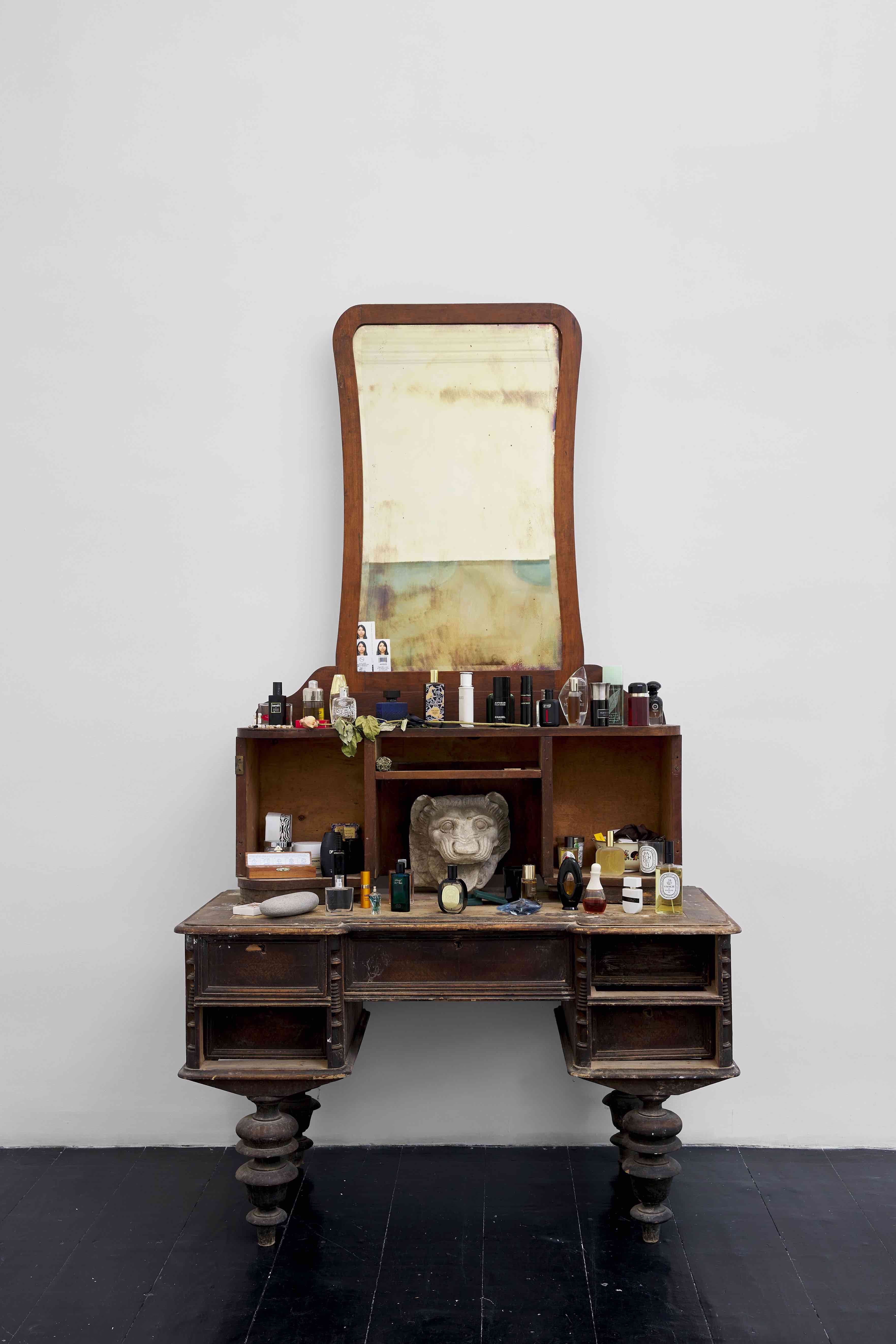
Other People: SER SERPAS
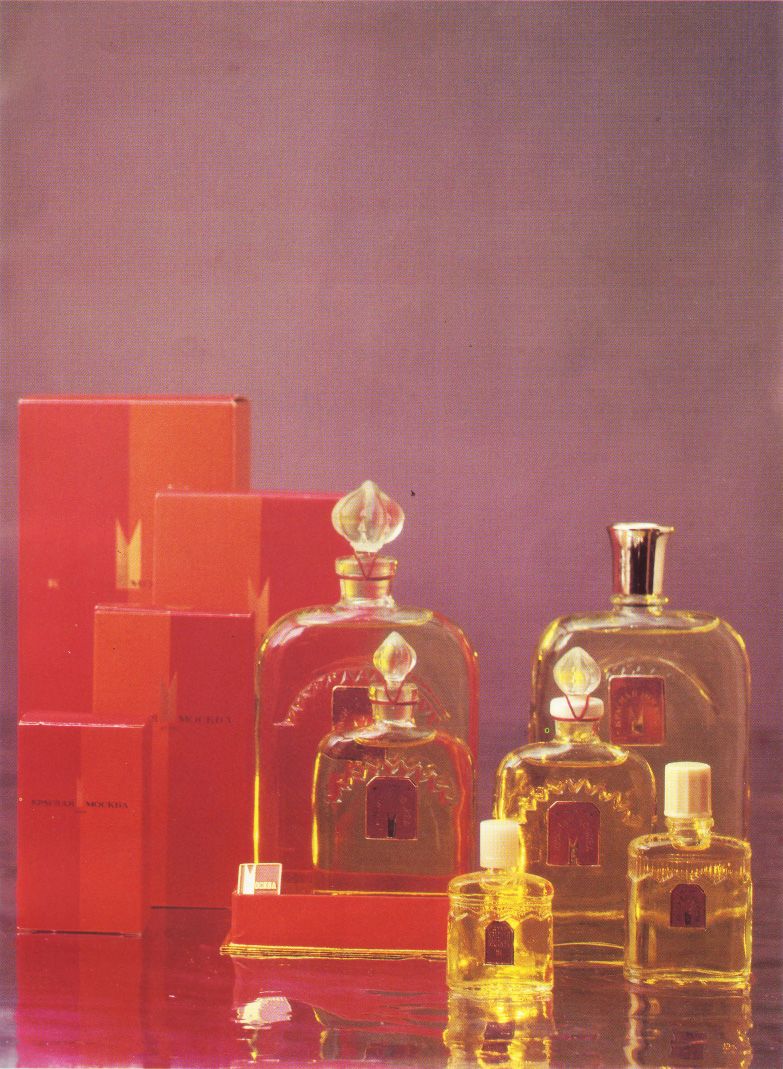
Chanel No 5, Red Moscow, and the Scent of Totalitarianism

“It is by far the BIGGEST EXHIBITION I’ve done in a small space over the past 25 years.”
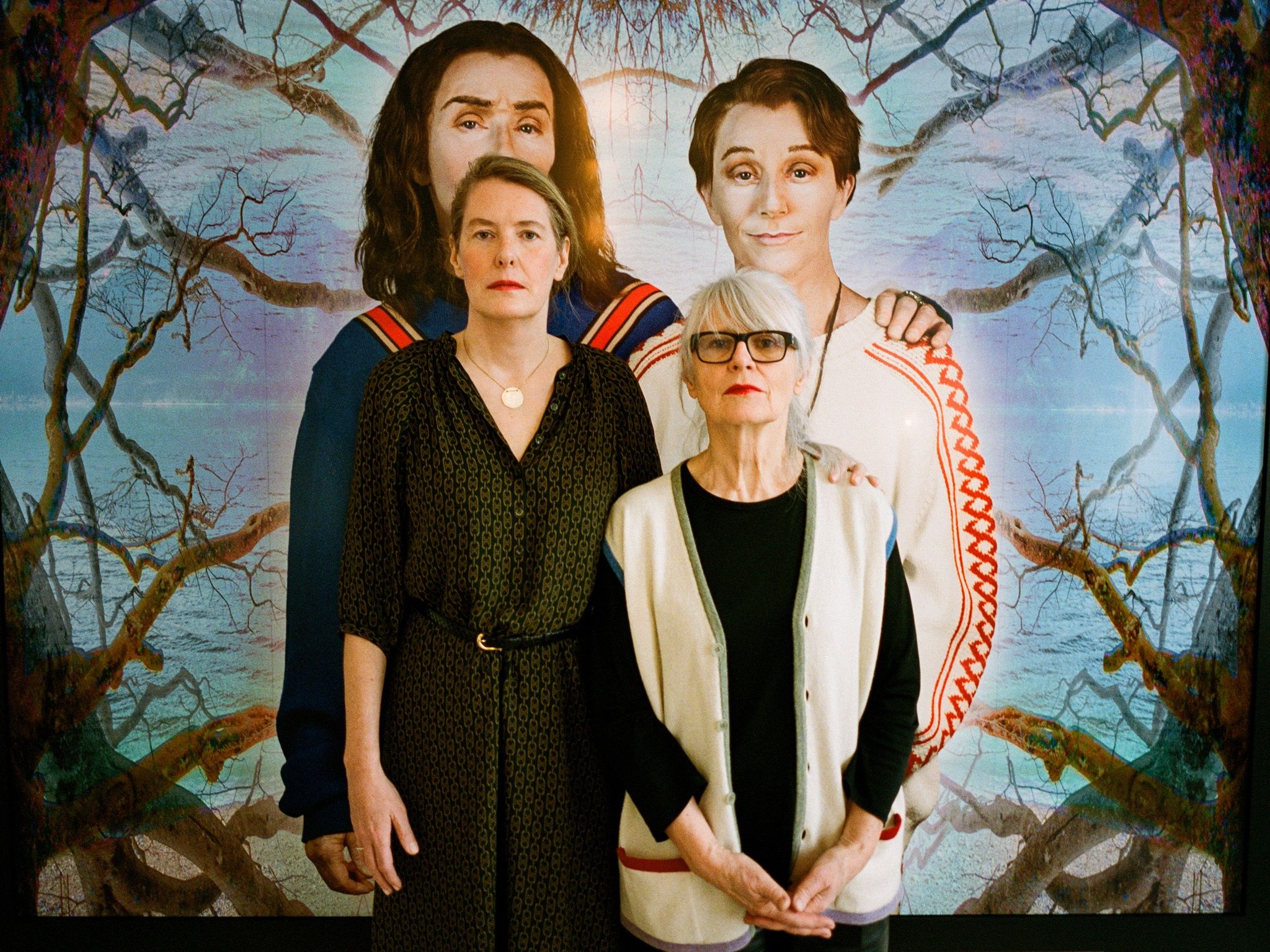
SPRÜTH MAGERS: The Art Gallery and the World
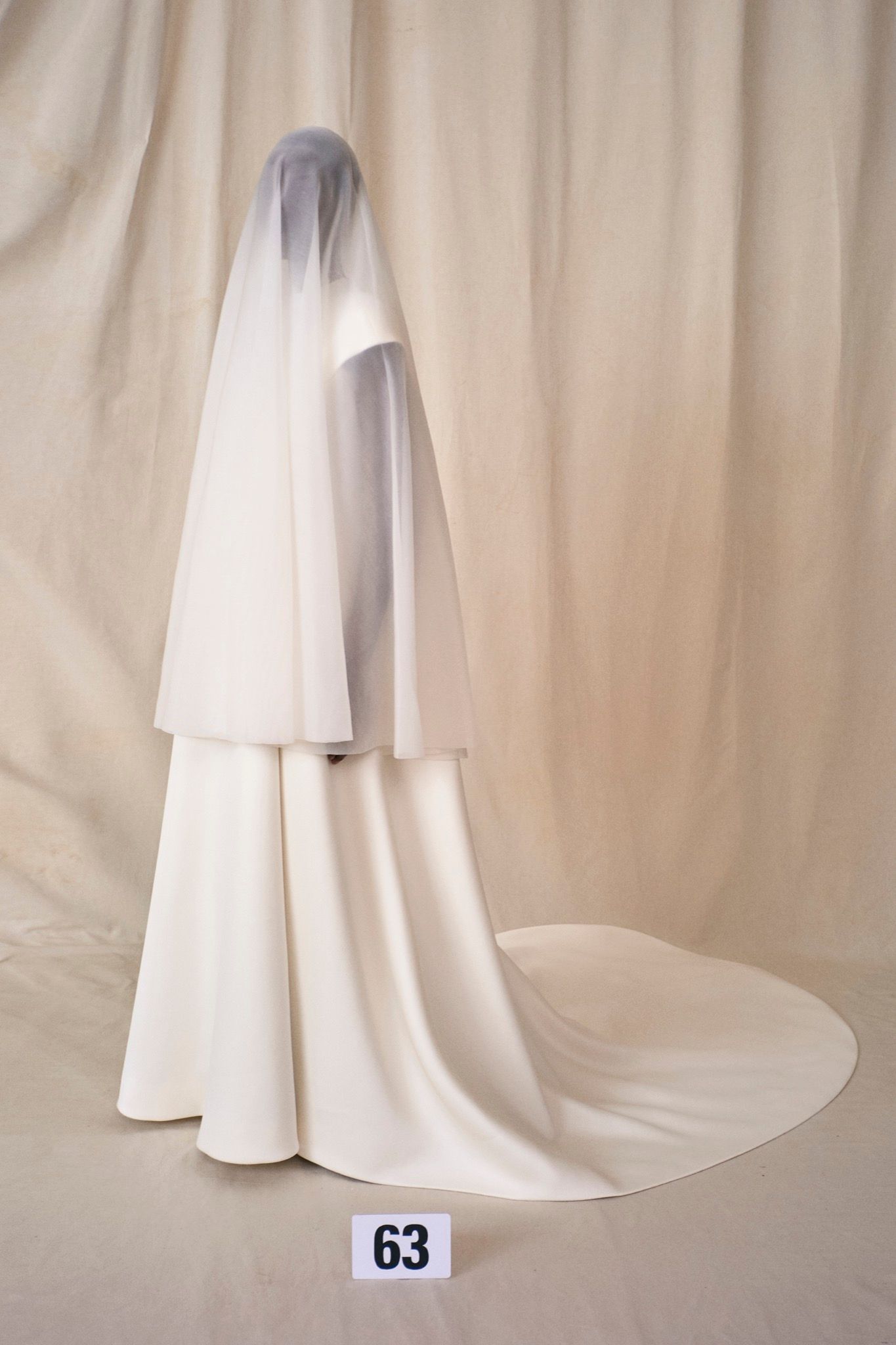
Transmissions: Paris Haute Couture Week, Autumn/Winter 2021/2022
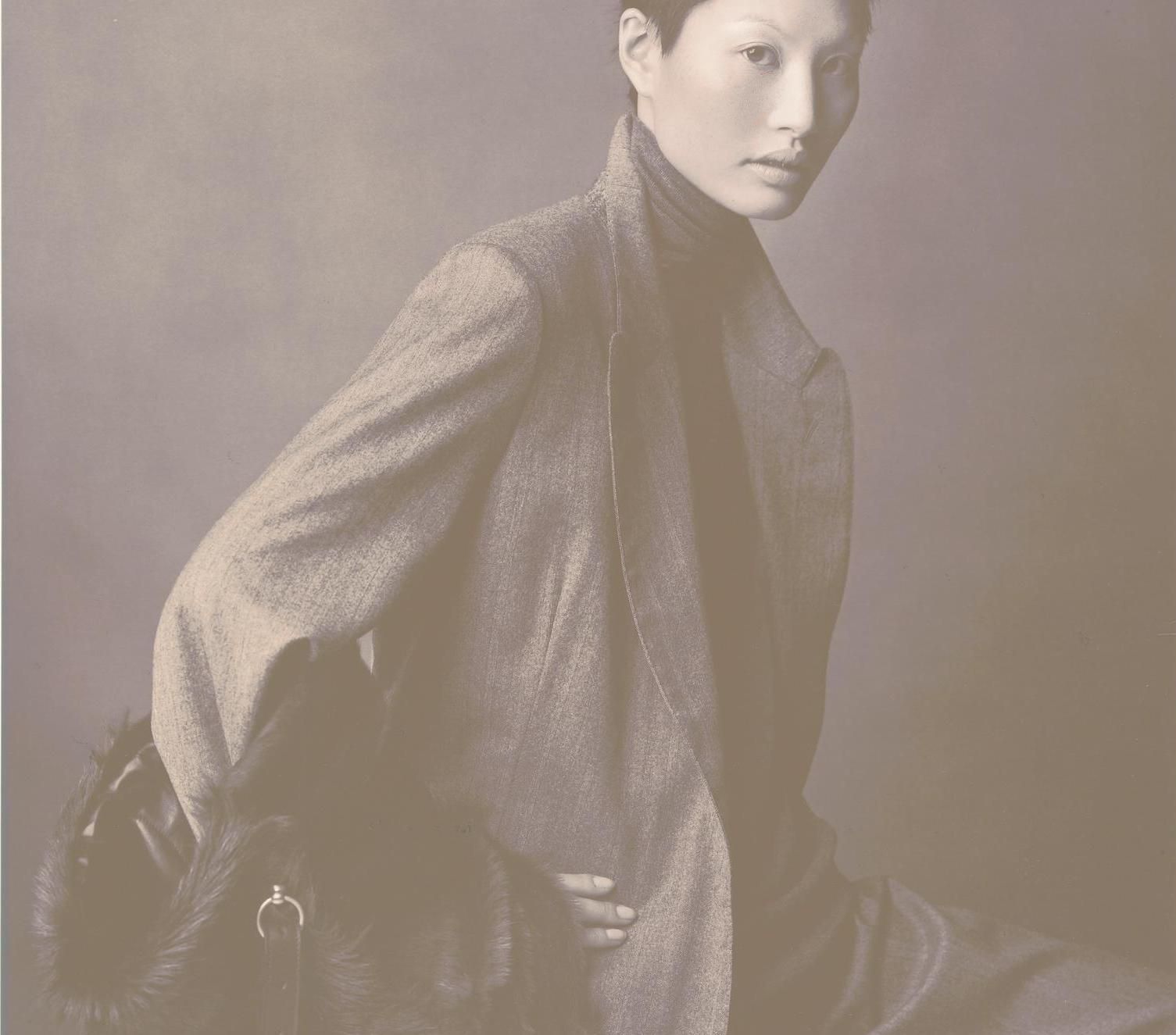
The Philosopher King: Arch-Radical MARTIN MARGIELA’s Tenure at Hermès 1997-2003
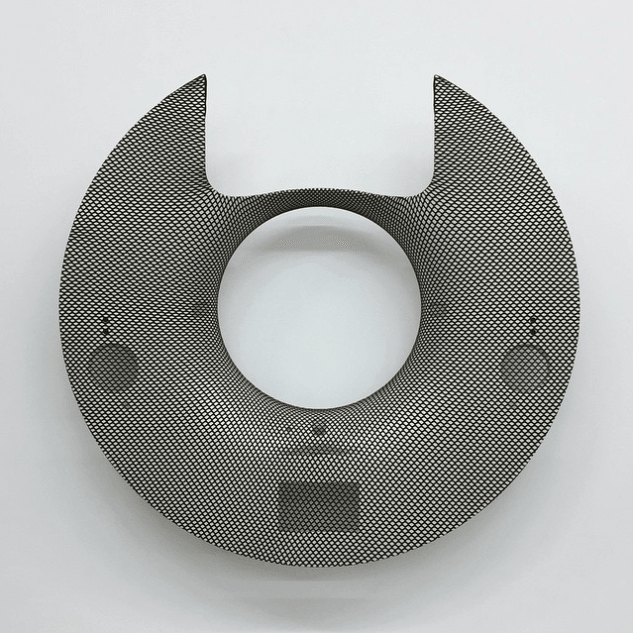
“Engines Turn, or Passengers Swim” by Yngve Helen
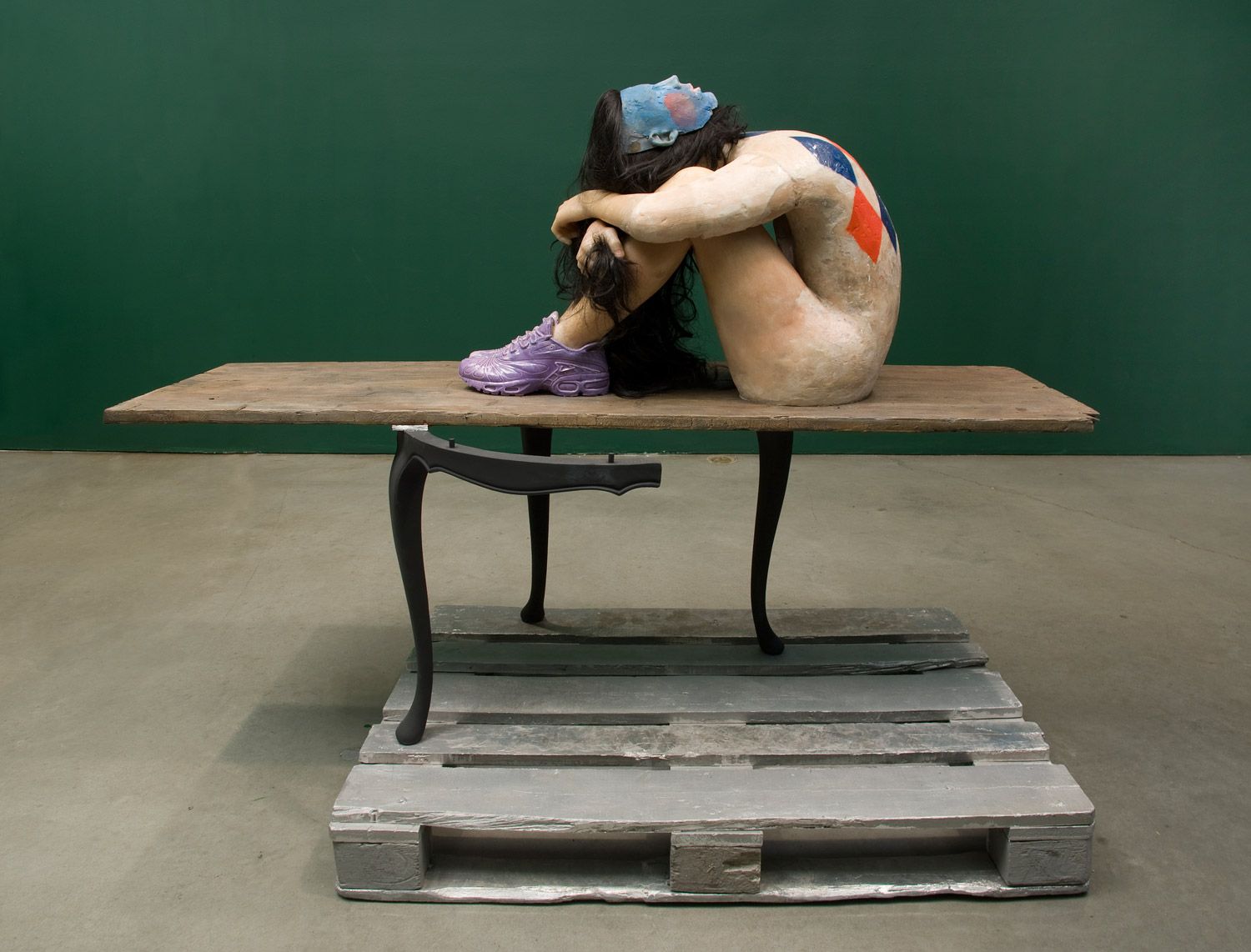
ANDRO WEKUA